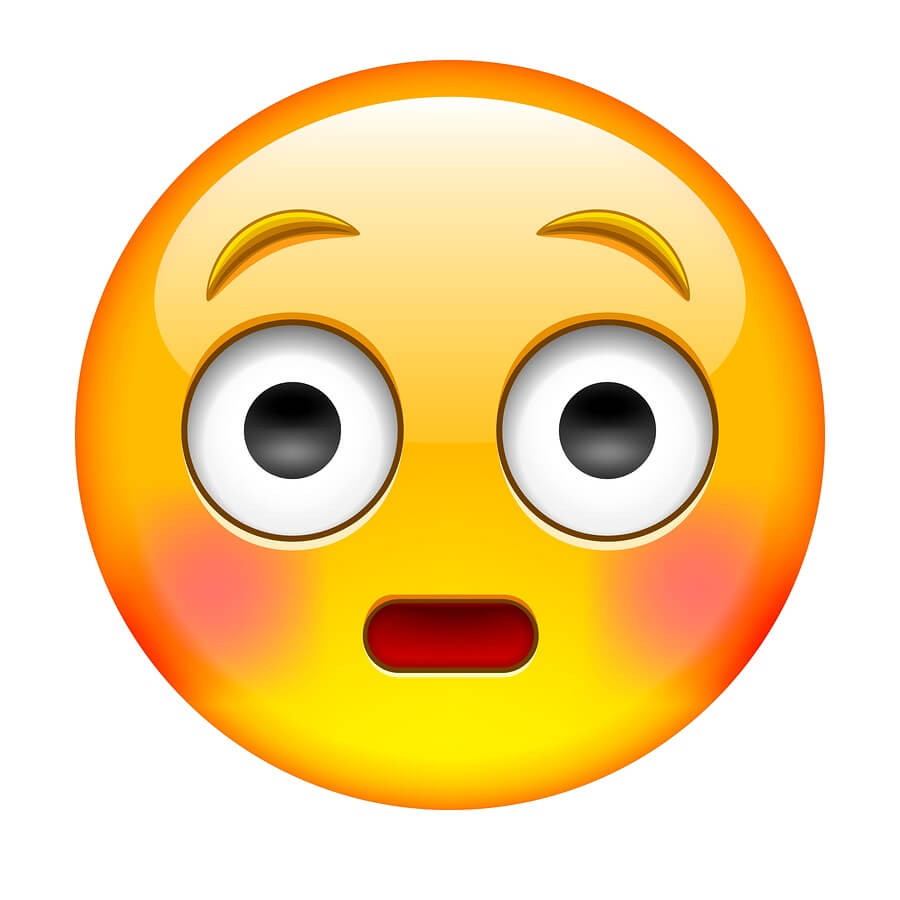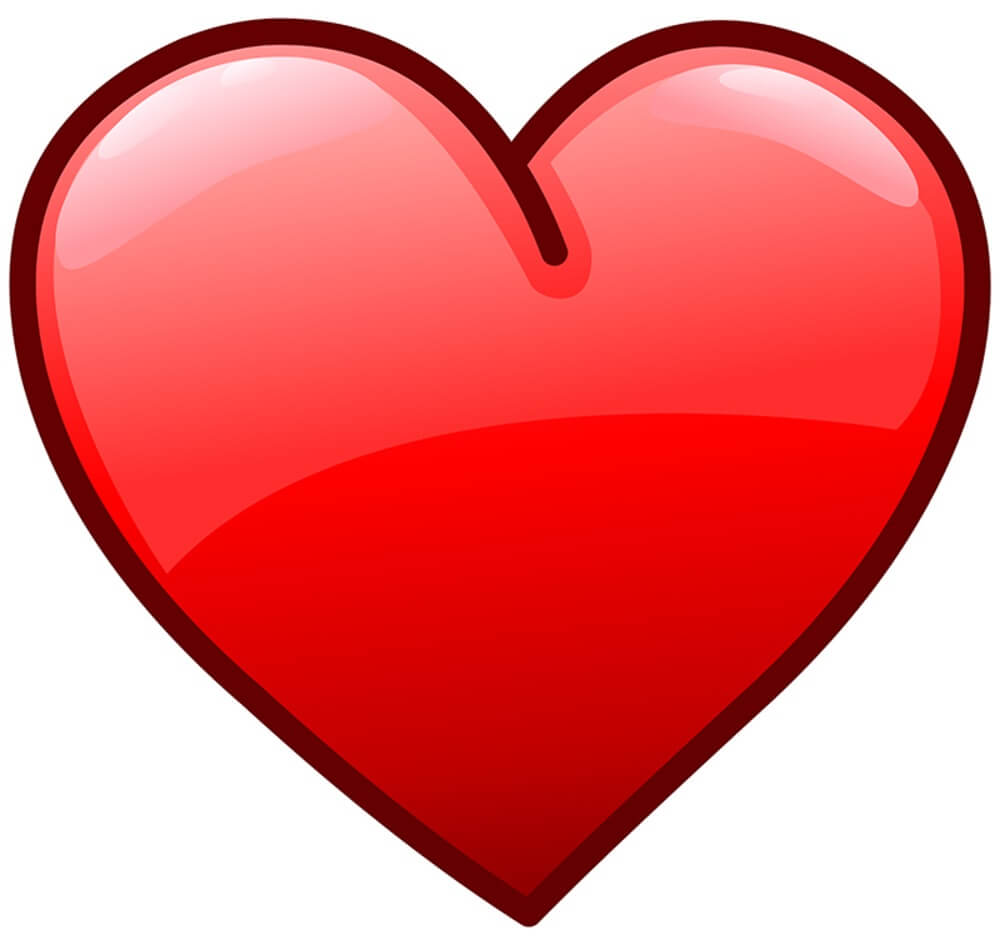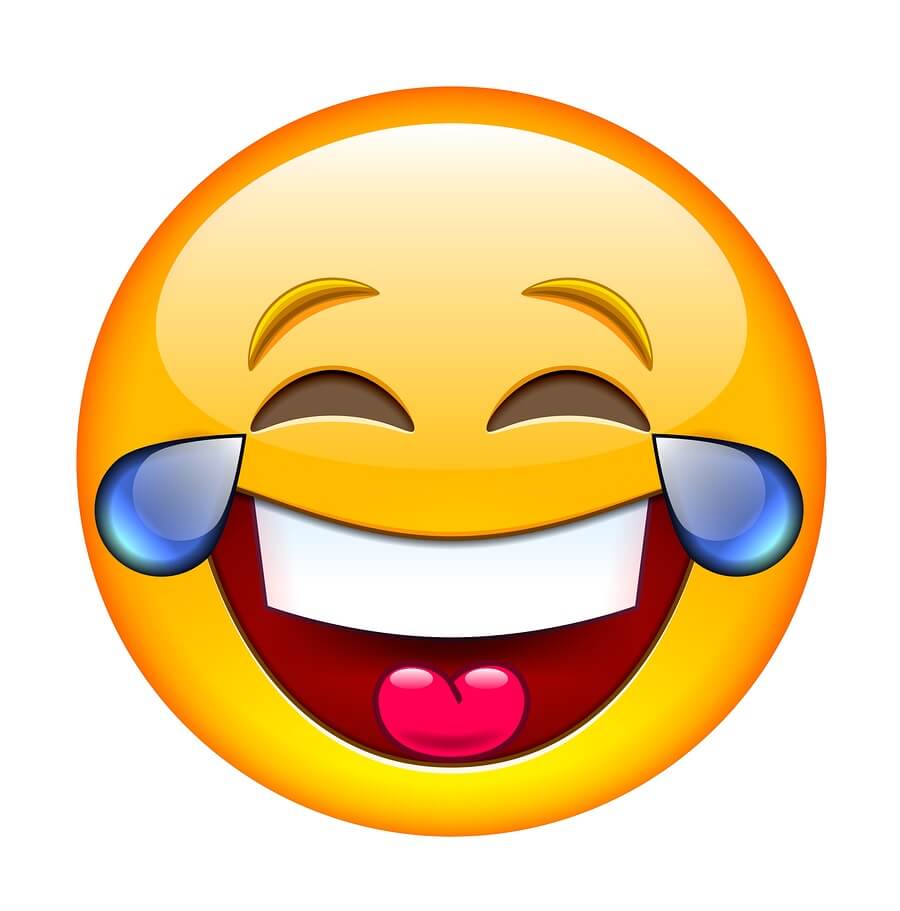In the timeline below, discover the history of the well-loved miniature icons
Not to be confused with the comparatively"ancient" emoticon (see note, below), the emoji—from the Japanese: "e" çµµ, "picture" and"moji" æå, "character"—is a modern phenomenon.
Gifts from the East
Born in the late 1990s, the smiling, happy face first began popping up around the turn of the 21st century with the launch of the i-mode mobile internet platform in Japan. The proud father was Shigetaka Kurita, who had only a month to come up with 180 of the visual references. He went out into the city to observe how people interacted with each other, expressed emotion, and responded to existing miniature pictorial representations such as simplistic weather icons. According to Kurita, inspiration for the first emoji came from two sources. The first was manga, a Japanese comic book or graphic novel, and more specifically, manpu, the symbols used to express certain situations, expressions or emotions exclusively in manga. The second was the pictogram, a set of universal symbols used to convey information or alert the public.
Instant Gratification
Being able to express oneself—including real-time emotion—quickly and efficiently in digital text could be described as a basic human need of our modern world. The emoji helps satisfy this fundamental requirement in a fun and quirky way. It is no surprise that the Japanese, with their historical foundation of ideograms, took to the new communication tool quickly. Due to differences in hardware development, it took more than a decade for the emoji to make serious inroads into the rest of the world, but it would appear that these diminutives are here to stay. When asked to comment on the emoji's increasing use and popularity, Kurita expressed his enthusiasm:"I wish everyone around the world would enjoy using emoji!"
| 1999 | - Limited emoji are available on Japanese mobile phones
-
|
| 2000 | ![emoji showing surprise]() Emoji are included in the release of the i-mode mobile internet platform in Japan. Emoji are included in the release of the i-mode mobile internet platform in Japan.
-
|
| 2006 | - Google began to convert Japanese emoji to Unicode private-use codes. The Unicode Consortium is a non-profit corporation devoted to developing, maintaining, and promoting software internationalization standards and data, particularly the Unicode Standard, which specifies the representation of text in all modern software products and standards.
-
|
| 2007 | - The private-use approach is abandoned in favor of the encoding of emoji in Unicode.
-
|
| 2009 | - The first Unicode characters explicitly intended as emoji are added to Unicode 5.2. The majority of the characters come directly from emoji characters used by Japanese mobile phone carriers.
|
| 2010 | ![heart emoji]() Unicode 6.0 is the largest release of emoji yet, with 994 lilliputian characters including: emotions, a pile of poo, families, hearts, animals, clothes, food, city images, clocks, and country flags. Unicode 6.0 is the largest release of emoji yet, with 994 lilliputian characters including: emotions, a pile of poo, families, hearts, animals, clothes, food, city images, clocks, and country flags.
- The emoji begin to pop up on smartphones around the world.
-
|
| 2012 | - A lucky 13 more round-headed emoji are added to Unicode 6.1.
|
| 2014 | - With Unicode 7.0, more than 100 new diminutives are added, including a tornado, a deserted island, and a private eye.
-
|
| 2015 | - With the addition of Unicode 8.0, the complete emoji library stands at 1,281 characters or character sequences.
![word of the year 2015 is emoji face with tears of joy]() The "Face with Tears of Joy" emoji wins the title of "Word of the Year"—the first time a non-word has won top honors. Oxford Dictionaries felt the pictograph "best reflected the ethos, mood, and preoccupations of 2015." The "Face with Tears of Joy" emoji wins the title of "Word of the Year"—the first time a non-word has won top honors. Oxford Dictionaries felt the pictograph "best reflected the ethos, mood, and preoccupations of 2015."
-
|
| 2017 | - Current release date for The Emoji Movie by Sony Pictures Animation. Sony won the rights in July 2015 in a deal reportedly worth almost seven figures, with cowriters Eric Siegel and Anthony Leondis (director of Kung Fu Panda: Secrets of the Masters), who will be directing.
|
Note: Emoticons are not the same as emoji! As explained by the Unicode consortium, they are kind of like cousins:"Emoticons (from "emotion" plus "icon") are specifically intended to depict facial expression or body posture as a way of conveying emotion or attitude in e-mail and text messages. They originated as ASCII a standard way of representing numbers and letters in a computer file so that they can be read by most computers character combinations such as :-) to indicate a smile—and by extension, a joke—and :-( to indicate a frown." There is some debate as to the earliest known use of punctuation-as-feelings (1862 speech by Abraham Lincoln perhaps? Or even, possibly, a poem by Robert Herrick in 1648?), but the first explicit use, and subsequent adoption, must be credited to Scott E. Fahlman of Carnegie Mellon University in 1982. In an attempt to clarify meaning and intent of posts on a digital message board, his :-) came with instructions,"Read it sideways."
Sources: The Emoji Foundation, Ignition, Unicode Consortium, Oxford Dictionaries.


 Emoji are included in the release of the i-mode mobile internet platform in
Emoji are included in the release of the i-mode mobile internet platform in  Unicode 6.0 is the largest release of emoji yet, with 994 lilliputian characters including: emotions, a pile of poo, families, hearts, animals, clothes, food, city images, clocks, and country flags.
Unicode 6.0 is the largest release of emoji yet, with 994 lilliputian characters including: emotions, a pile of poo, families, hearts, animals, clothes, food, city images, clocks, and country flags. The "Face with Tears of Joy" emoji wins the title of "Word of the Year"—the first time a non-word has won top honors. Oxford Dictionaries felt the pictograph "best reflected the ethos, mood, and preoccupations of 2015."
The "Face with Tears of Joy" emoji wins the title of "Word of the Year"—the first time a non-word has won top honors. Oxford Dictionaries felt the pictograph "best reflected the ethos, mood, and preoccupations of 2015."